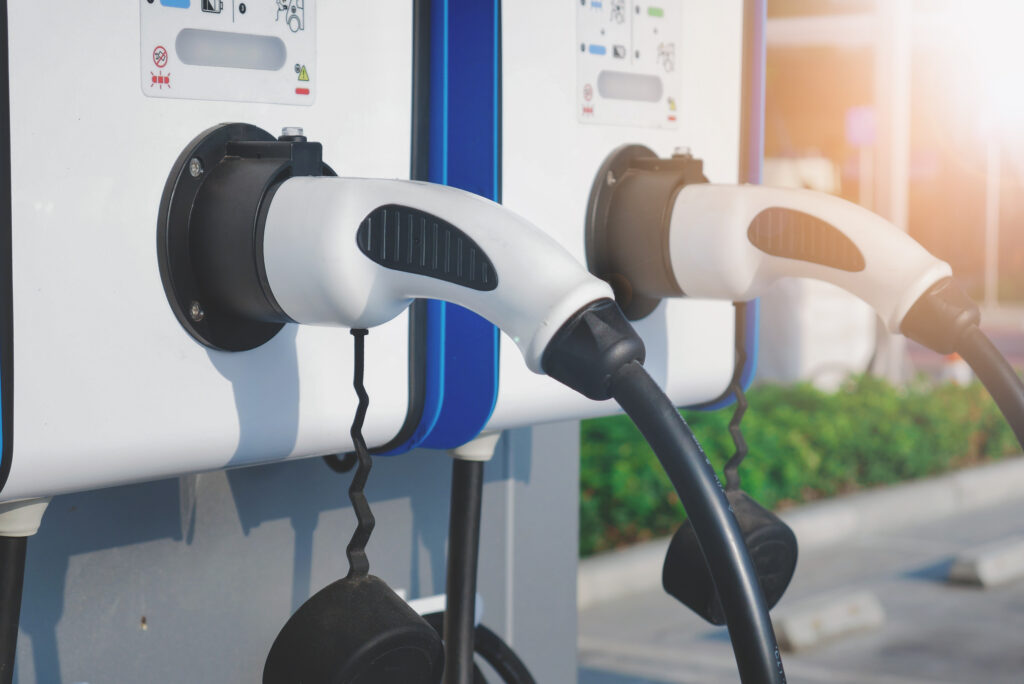Did you know that during the COVID-19 pandemic starting in March of 2020, the average convenience store purchase increased nearly 10%, according to recent research?
The traditional convenience store experience has evolved immensely over the past ten years. Gone are the days when consumers walk into their local convenience store and walk past each gondola shelving aisle. Consumers no longer search for emergency items or products they forgot to purchase during their latest visit to the grocery store.
Today in a post-COVID-19 business environment, convenience stores are being forced to adapt faster than ever to the ever-changing consumer buying habits. To add intrigue to an already fascinating industry, President Biden’s new executive order to have 50% of all recent cars sales of electronic vehicles by 2030. How will EV’s affect the future of convenience store design?
This article will examine the evolving convenience store customer and how purchasing behavior will determine convenience store design strategies in 2022.
Prepare for Electric Vehicle Charging
Last November, President Biden signed an executive order setting a national goal to have half of all new vehicles sold in the United States by 2030 be electric. Many within the industry believe there could be as many as 20 million EV’s on the road by 2030.
In a recent article published in Retail Customer Experience, General Motors announced plans to install over 2,700 new electric-vehicle chargers across the country to boost demand for electric cars. Many travel stops and large convenience store chains have started to adopt charging stations to keep up with consumer demand.
Now the question becomes, how will an increase in charging stations change convenience store design strategies. The answer, of course, is not that simple. It’s important to know that even though all EV’s are not the same. The average time it can take to charge an EV can last up to an hour, depending on your vehicle’s battery. If consumers are forced to wait anywhere from 30 to 60 minutes while their car is charging, the business model of your c-store now must adapt.
Adding comfortable wait areas
Soon, c-stores will have to design their store to accommodate waiting up to a half-hour for EV’s to charge. Meaning crafting space that includes more tables and chairs so that consumers can relax peacefully by reading, working, or taking phone calls as they wait for charging to complete. Depending on your geographic location and weather patterns, this can be accomplished either within the exterior or interior of your store.
Healthy food selection
This has been a movement in the convenience store industry for the past decade. This will allow convenience stores to become a premium destination for breakfast or lunch for many customers. Consumers might view weekly or bi-weekly vehicle charging at a convenience store as an opportunity to sit down and have a meal. A recent article featured in Convenience Store News discusses people’s connection with food. Having plentiful healthy and fresh food options can leave a lasting impression on consumers regarding your brand.
Increased customer service
Customer service is a crucial element in how customers feel about your store & brand. Whether it’s a smiling face upon entering your store, or immaculate bathrooms, the future of c-stores will be people spending more time in-store. As a convenience store owner, you must ensure each customer has a pleasant experience. Increasing quality customer service is a great way to grow repeat business.
Eliminating touchpoints
In a post-COVID-19 world where technological advances are made every day, a significant aspect of any future convenience store design will be eliminating as many touchpoints as possible.
The new normal for many convenience stores will be the increased usage of touchless technology, including touchless vending machines, self-checkout counters, and mobile delivery.
Many convenience stores have even adopted the “Amazon Go” model of an utterly cashier-less checkout process which involves a mobile application on your smartphone, including this convenience store chain in Colorado. Naturally, if more c-stores adopt this frictionless model, this will significantly affect store design, and retailers will need to adapt to highlight impulse items.
These are just ways that convenience store design will change in 2022 and the future. As a business owner, you have to adapt to these changes and embrace the new normal within the industry. If you would like to learn more about our convenience store design services, contact us today!

